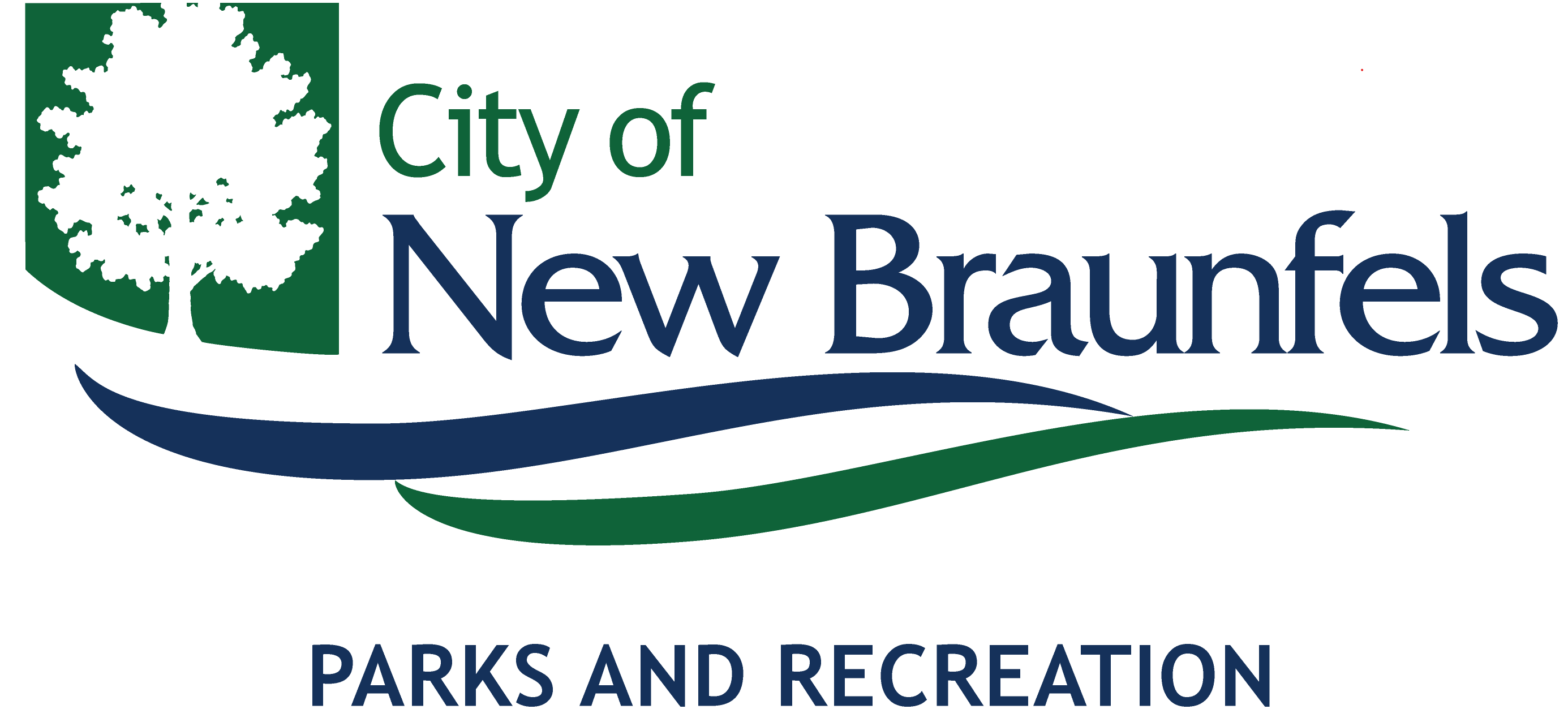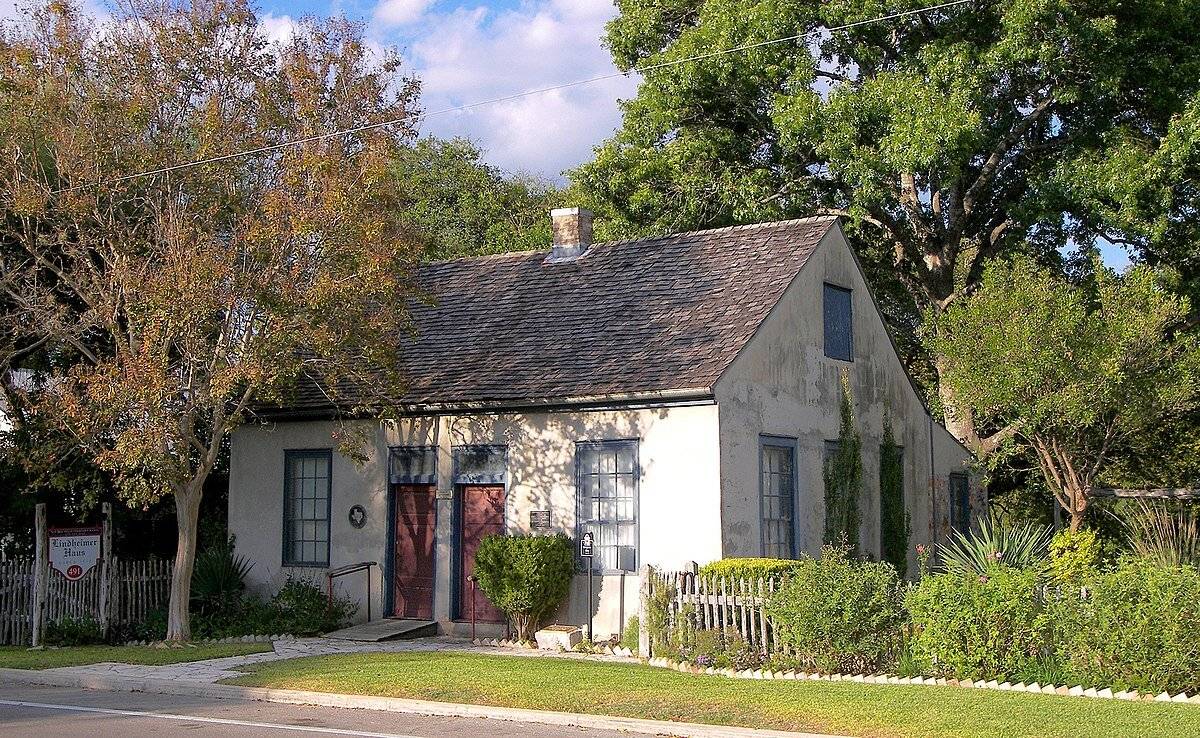M2.01 3D Printed Thermal Hard Masking

Sponsor: Curtiss-Wright
Student Team: Ian Sporn, Mikhale Johnson, Jared McCash, and Subash Panta
Faculty Advisor: Dr. Austin Talley
Using 3D printing technology to print hard masking for parts to be process in high temperature environments. The goal is to replace the current practice of taping individual parts by hand with an expensive specialty masking tape. These parts are then processed in either high velocity oxygen fuel coating or thermal plasma arcing sprays, which are both highly abrasive and at a high temperature. Replacement of the hand masking will save time, money and labor, while increasing efficiency.
M2.02 Sustainable Heritage in Landa Park Miniature Golf

Sponsor: Ylda Capriccioso
Student Team: Jonathan Martinez, Jack Dewitt, Emily Owens, Adaugo Anyalebechi
Faculty Advisor: Dr. Austin Talley
Landa Park is historical park located in New Braunfels Texas and has been open to the public since 1936. The city has asked for help in the designing, building and installing of a trick element. The theming of the hole needs to reflect the heritage and culture of the New Braunfels. The feature will be installed and become playable by the end of the spring semester.
M2.03 Sustainable Heritage in Landa Park Mini-Golf

Sponsor: City of New Braunfels, Ylda Capriccioso
Student Team: Leilani Vital, Matthew Sanchez, Robert Bomar, Chris Alaga
Faculty Advisor: Dr. Austin Talley
We were tasked with designing a feature for the Landa Park Mini-Golf Course in New Braunfels, Texas. Were we’re asked to design a feature that reflects the heritage in New Braunfels, and can be easily maintained for 5-25 years. Our design is inspired by a Ferdinand Lindheimer, who was located in New Braunfels, and was named “Father of Texas Botany”. His house stands in New Braunfels today and serves as a museum that depicts his life in the 1800s. Our feature includes his home, followed by a flower garden of obstacles near the hole. The flowers featured will be flowers that he discovered and coined in south Texas.
M2.04 Post-Consumer Plastic Injection Molding System

Sponsor: Hunt & Hunt
Student Team: Allison Cespedes, William Atkinson, Jordan Mitchell, Nicholas Caranikas
Faculty Advisor: Dr. Austin Talley
Our project aims to encourage the Texas State community to recycle their HDPE plastic and convert it into new products or gifts through injection molding. Injection molding is the process of melting down shredded plastic and injecting it into a mold where the plastic can take the form of, leaving the user with a new product. The team has created an injection molding machine and is currently manufacturing a variety of molds that will be located in the Ingram Hall Makerspace.
M2.05 Post-Consumer Recycled Bench

Sponsor: Hunt & Hunt/Texas State University
Student Team: Bailey Beene, Abigail Cartwright, Nahama Lujan, Jonathan Sheckler
Faculty Advisor: Dr. Austin Talley
This project aims to establish methods for Texas State University to utilize post-consumer plastic materials to provide functional seating in the form of a bench. By creating a secondary lifecycle for locally harvested post-consumer plastics, the University can reduce its plastic waste and encourage the Texas State community to follow suit. The equipment and necessary material for this project will be housed in the Ingram Hall MakerSpace to reproduce.
M2.06 Process Improvement for Simpson

Sponsor: Simpson Performance Products
Student Team: Daniel Flores, Ryan Woods, James Greenstreet, Zhiyong Li, Byron Martinez
Faculty Advisor: Dr. Austin Talley
Simpson Performance Products, headquartered in New Braunfels, is a motorsports part supplier and a leading manufacturer of safety products for racing enthusiasts. This project revolves around applying lean methods and new strategies to improve the production process of Simpson's 5-point racing harnesses. The manufacturing team is developing an inventory management database that allows operators to efficiently locate parts within the warehouse, as well as detailed instructions to assemble a 5-point harness. The team will also design and manufacturing unique jigs that aids sewing operators with aligning various stitching plates. Finally, the manufacturing team will provide a proof of concept for a slide-in rack that will efficiently organize numerous shoulder harnesses in the warehouse.